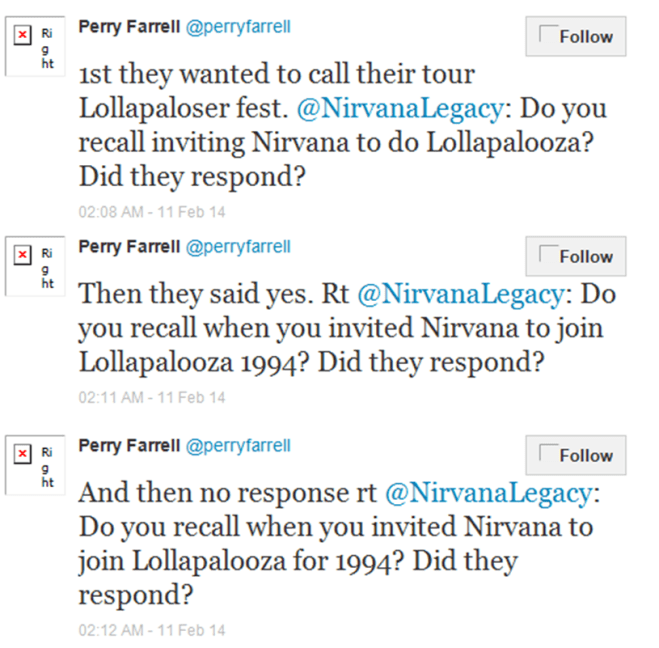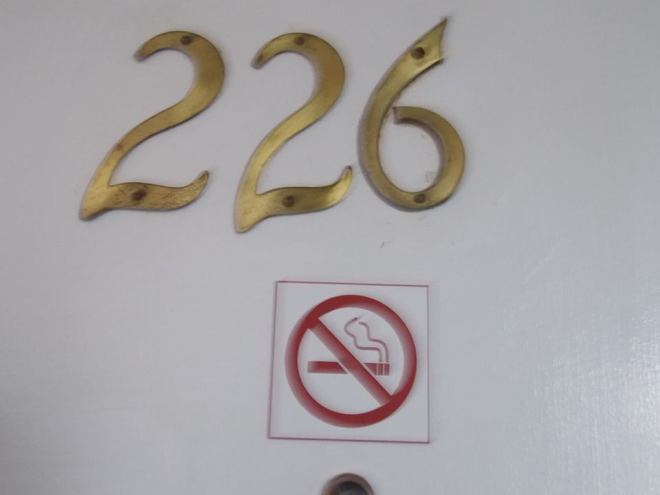
A small piece from the Smithsonian Folkways rather impressive volume on Lead Belly. So, in case you were wondering, in 1994 the guitar Cobain stated he was considering buying was donated as an exhibit to the Rock And Roll Hall Of Fame And Museum.
So…Chris Cornell. I’ve been asked a few times in the four weeks since May 18 why I hadn’t put up a post or whether I’d be game to do a brief article for this place or that…And I shrugged and said no thanks. It’s not because I was dismissing the sadness of Cornell’s death, or his meaning to his fans, or the reasonableness of the request.
Death is simultaneously universal and solitary. We will all undergo the transformation and when we do – no matter how many people are around us – we will communicate nothing of it to those around us, even the most basic confirmation “I am dead,” will be beyond us. That moment in time will belong to you, or I, alone, forever. Similarly, the observation of that moment will tell a spectator little beyond it’s basic unpleasantness; the arrival of ‘absence’ within a body; the mutual private sadness of those still living who stand or sit watching us watch. We can watch and confirm what happened but not feel its significance to each of us.
In its aftermath, those left will be able to recount their grief and touch us with its tangible impact…But we take only so much of their pain inside us – it is their private interior feeling and is ultimately incommunicable to us. The weight that comes with someone’s passing, cannot be handed onto anyone else’s shoulders; nor can we measure our weight against theirs – we each bear it alone, in our own way, work through it alone.
In some ways I find that a comforting thought: that in an over-observed, over-communicated, hyper-mediated world there is something of such ultimate and inescapable significance that it remains inarticulate to all who feel it. That’s why I had no great desire to comment at the time: the point of death is there is nothing to say.
So, sure, I don’t disrespect the flood of obituaries; video clips; tributes; top tens; photo selections; encounters; in memoria op-eds that emerge in the aftermath of any musician’s death. It’s the business of music journalism to report the events of music: it’s an impersonal machine with no moral right or wrong. I didn’t find the repetitive quick summaries of his career enlightening; I didn’t flinch much at the over-egging of Soundgarden’s influence (as opposed to relative popularity); I already have all the albums and enjoy them sporadically as the mood takes me. It was simply another conversion of emotion into product – there’s no harm in that but it is a conversation of the living withh the living, it has nothing to do with the deceased.
The only pieces that resonated with me were one making an initial inroad into reckoning with a historical musical movement that has, ultimately, seen the untimely deaths of a remarkable core of its premier exponents – the ‘death rock’ image of whatever was ‘grunge’ gains yet more reasonable support. The other was a piece reiterating the point about depression and its effect on an individual’s perception of what is normal or rational or sensible. Again, however, in both cases, it meant Cornell became an example for some other narrative or story someone wished to tell: conversion into an intellectual element, again, is a way around the incalculable hole left by a death.
A friend of mine, currently, has endured a tragic loss. I have no words I can give to him that cover the occurrence or provide comfort. Presence, when wished for, is all anyone can give in the end. I believe strongly that death takes something from those left behind. Once age has weakened us sufficiently, seeing/hearing that our friends and loved ones are gone, wrenches the body and mind until eventually we know we’re just waiting for our own without anything left to fight it. Seeing the death of our loved ones and the pain of others when we’re young, again, reminds us that there is no discussion to be had and that the clock is ticking.
But I believe our loved ones, if their deaths are worth anything to us, are worth the giving of a little bit of our own peace of mind; our own comfort; our own spirit. They’re worth a private pain that never gets better though it fades and the memory of it grows dimmer – at which point we feel dissatisfied with ourselves for how frail is human retention of a feeling and a moment.
So I’ve got nothing to say about the death of Chris Cornell. His experience of it was his alone; the feelings of his friends and family remain inside them; your feelings as a fan or casual observer are yours and I have no knowing of them. Death is that one moment that belongs to no one else. I would feel disrespectful in trying to pierce something so ultimately private with any words at all.








